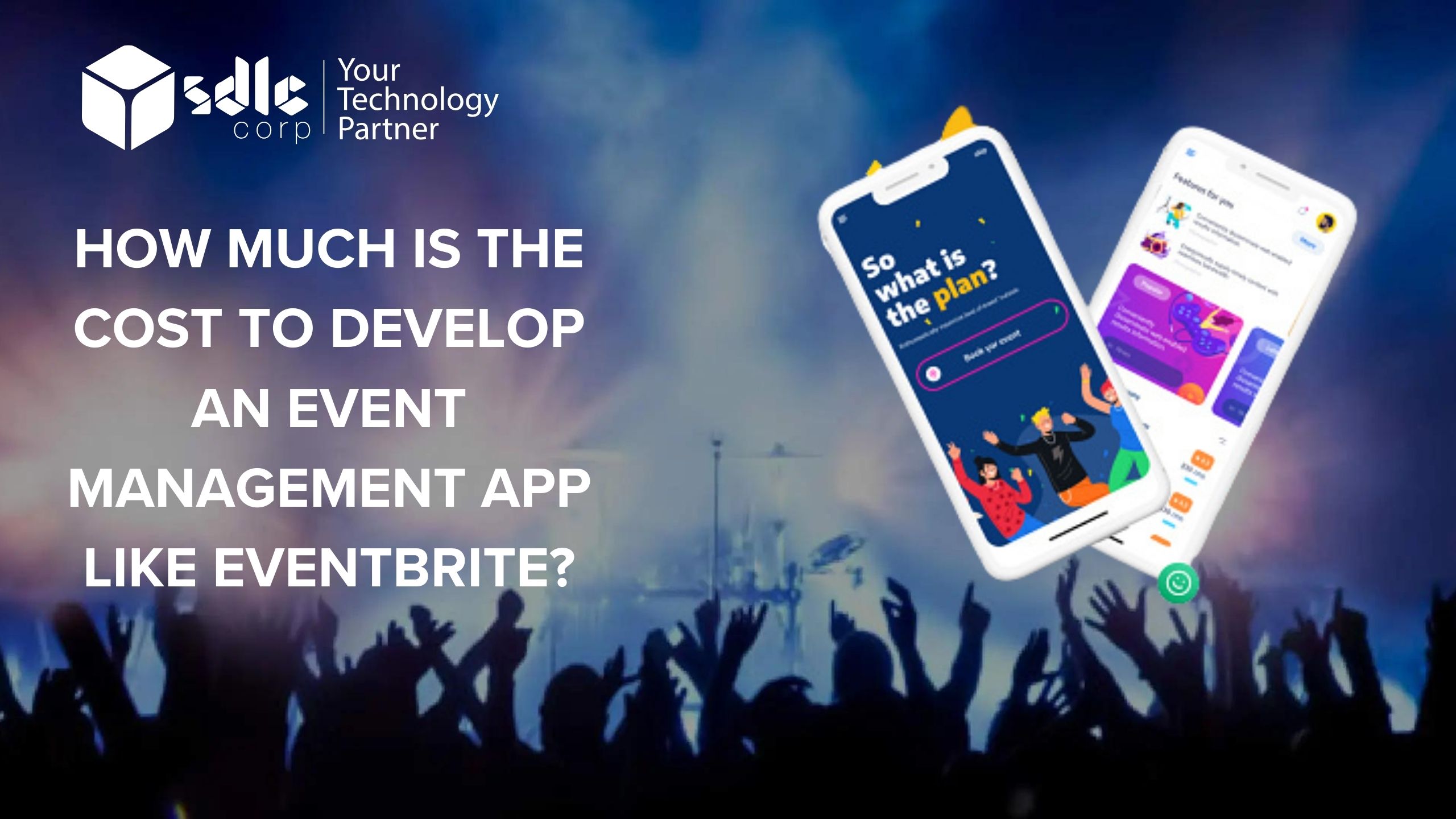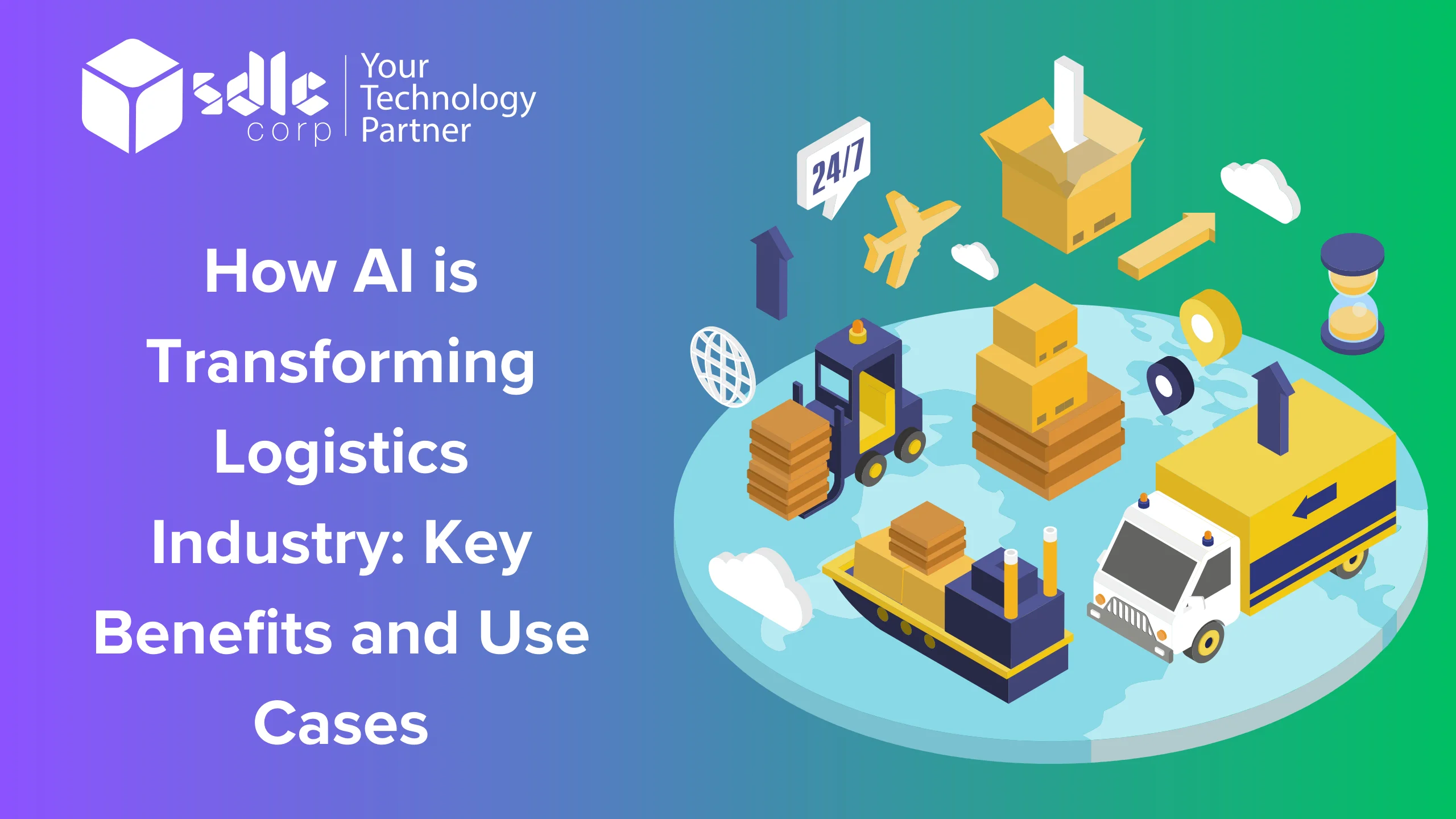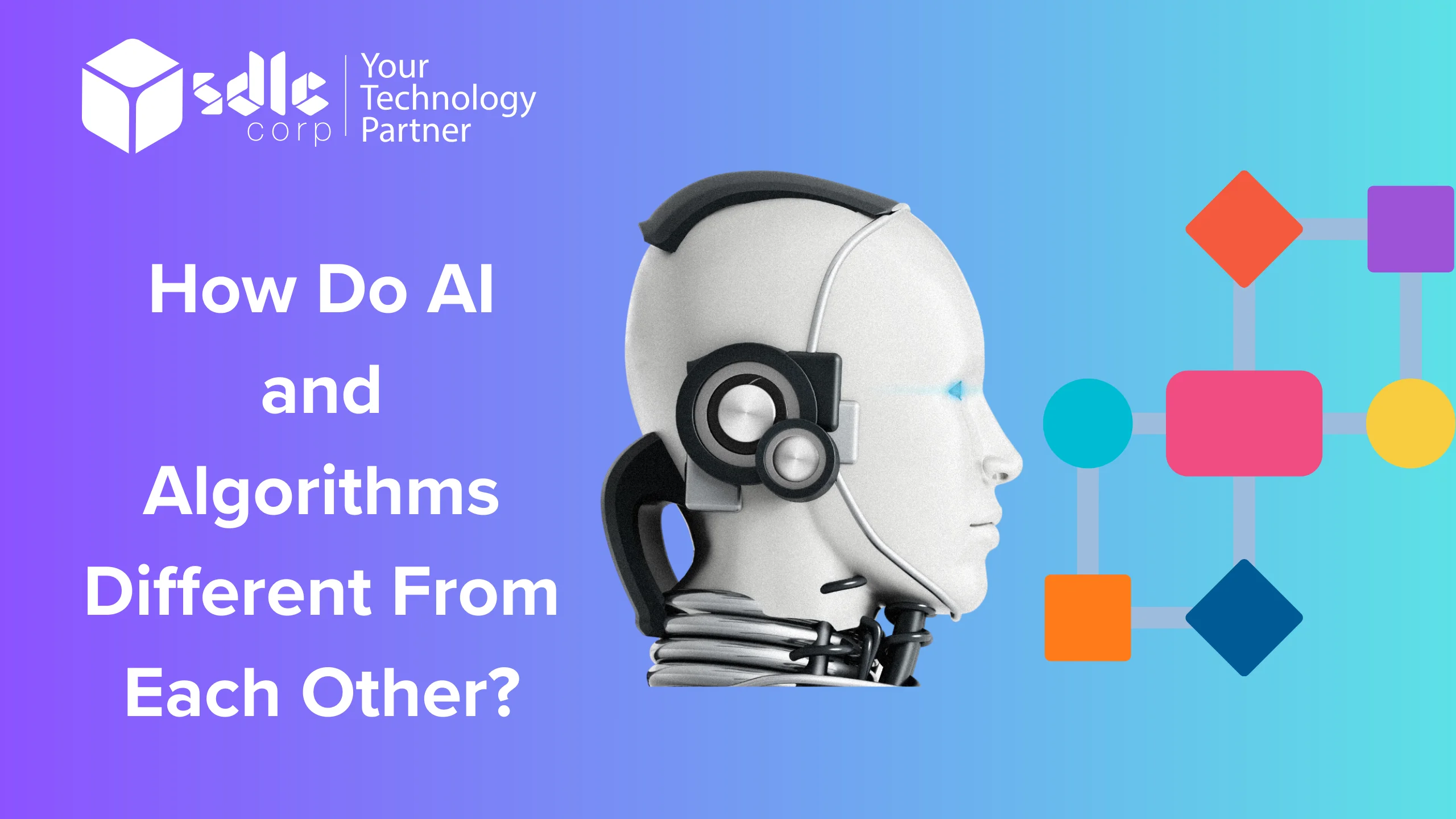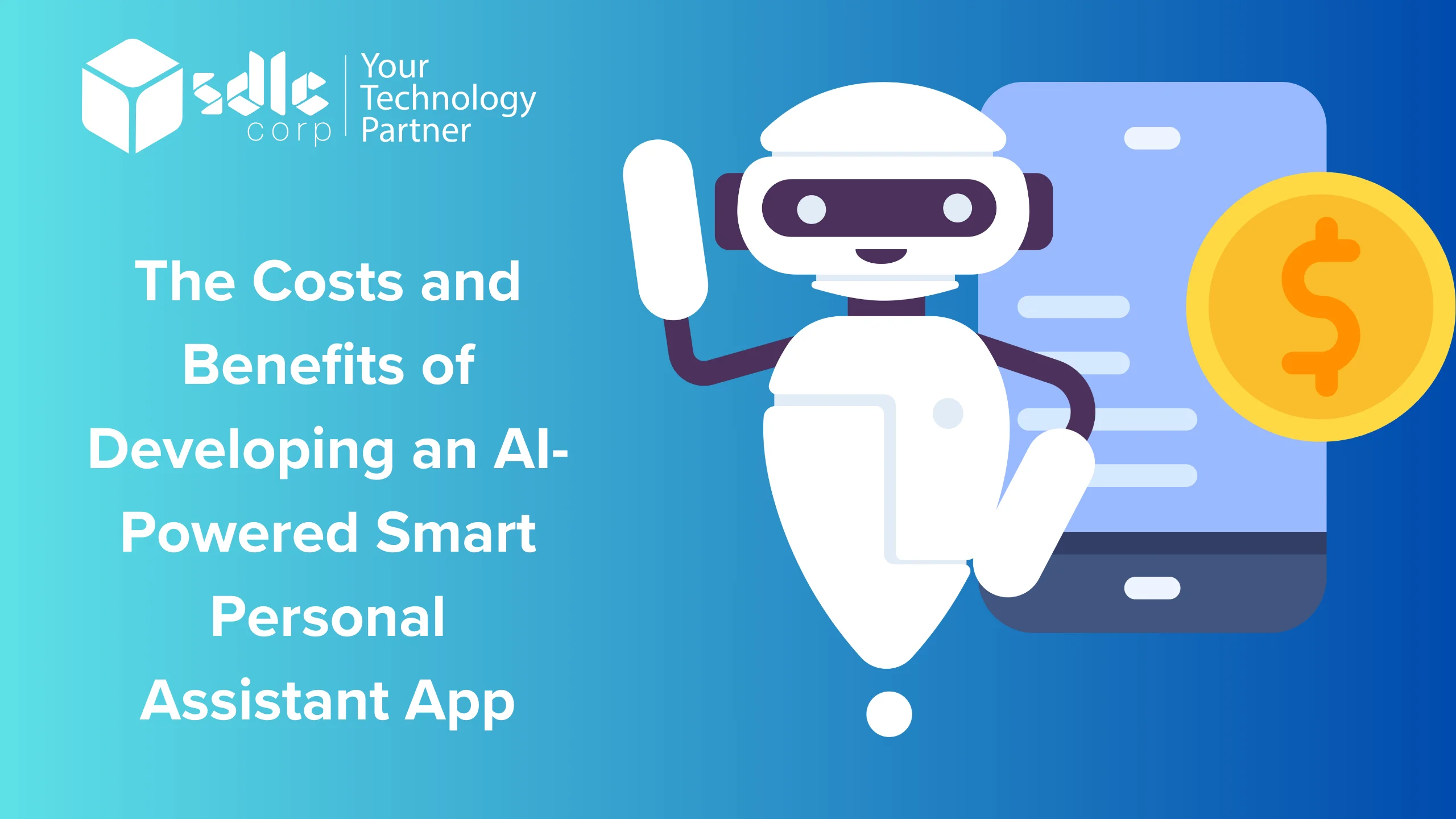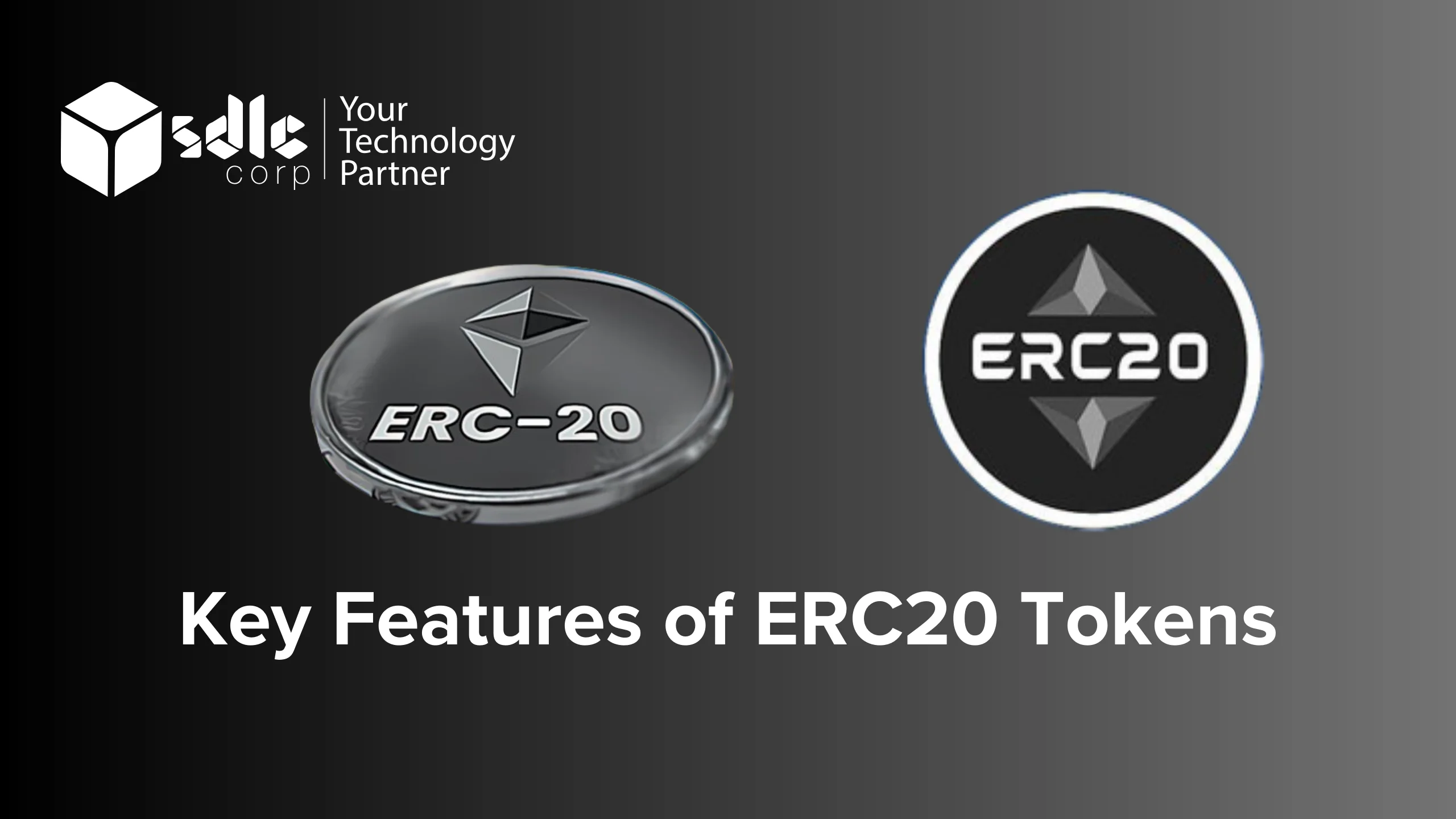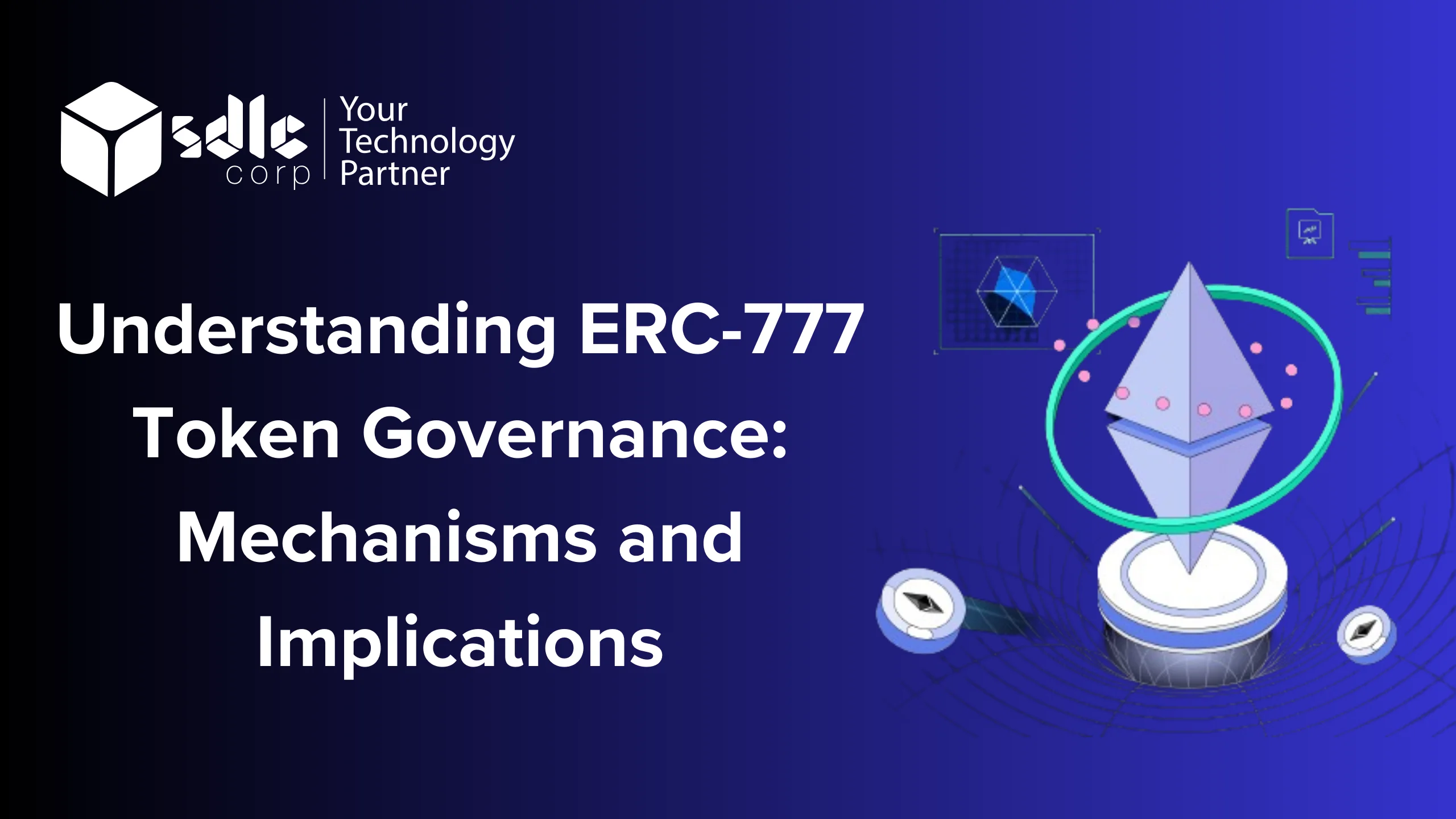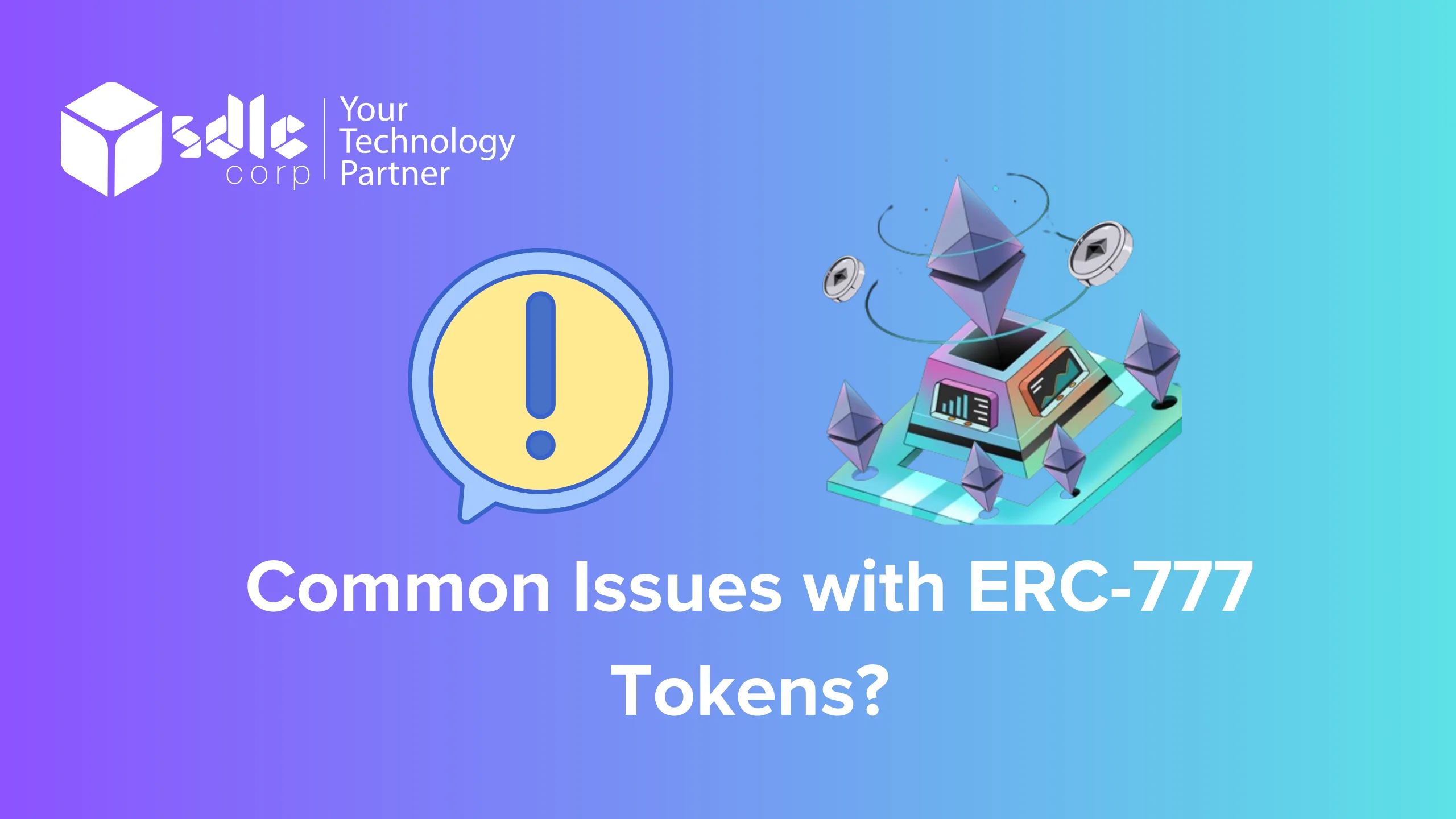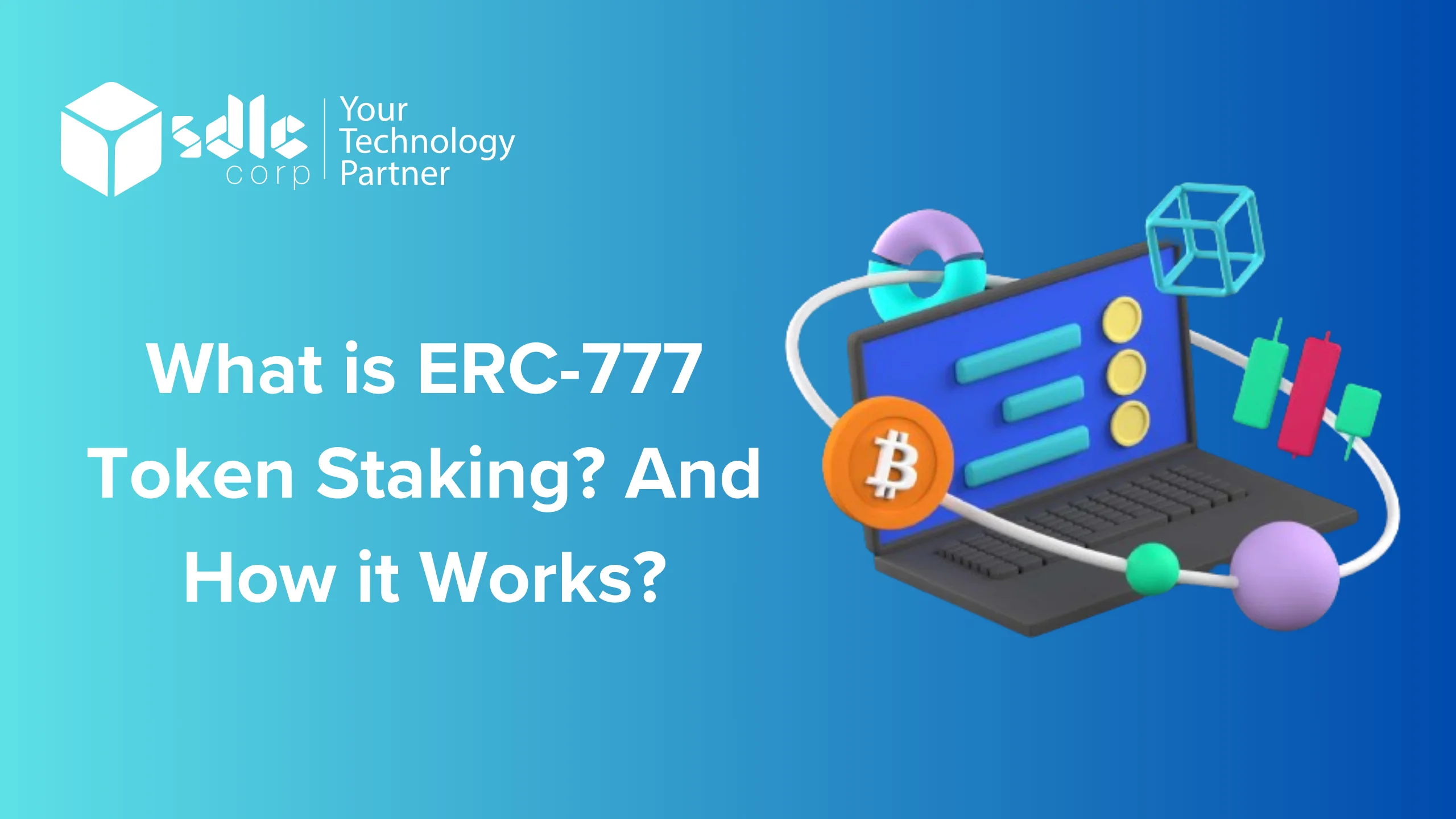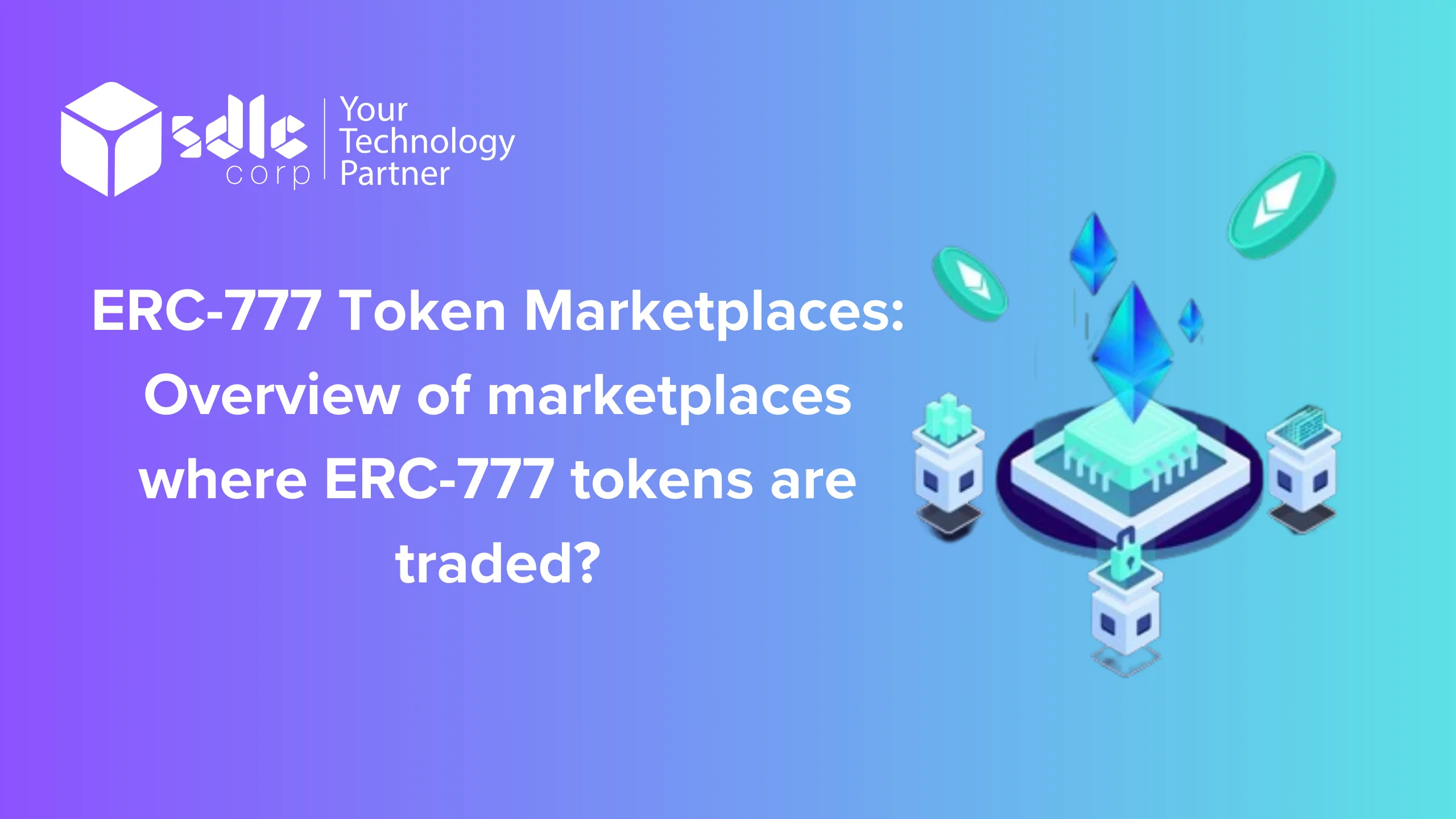How much is the cost to Develop an Event Management App Like Eventbrite?
Attention, future mavens of event management! Embark on a transformative journey to create an app akin to Eventbrite, a venture that transcends typical project boundaries and ascends to the pinnacle of event technology innovation. This comprehensive guide is designed not just to inform but to inspire, as we dissect the intricate process of app development. We’ll illuminate the crucial components, strategies, and financial considerations essential for crafting an exceptional event management application. Prepare to delve into this ambitious endeavor, where every decision shapes your path to becoming a trailblazer in the digital event management realm.
Explore Eventbrite-like App Development Costs Now! Get Informed!

Unearthing Market Insights: The Cornerstone of Event Tech Innovation
Embark on your journey as future leaders in event management technology by initiating a deep and analytical market exploration. Consider this pivotal fact: as per Grand View Research, the global event management software market is poised to swell to USD 14.1 billion by 2028, expanding at a CAGR of 11.6% from 2021. This staggering growth underscores the burgeoning potential and opportunities in the digital event solutions sector.Your mandate is to dissect competitor strategies, understand user behavior, and identify market voids. This phase of exhaustive market reconnaissance is not just about data accumulation; it’s a strategic endeavor to arm yourself with insights that will inform every aspect of your project. The depth and rigor of this analysis will be directly proportional to the precision and effectiveness of your resource allocation and strategic planning. Embrace this initial phase not just as a task, but as the foundation upon which your future successes in the event technology domain will be built.
Architecting the Apex of Event Management Apps: A Comprehensive Feature Set
In the pursuit of developing a premier event management app, your aim is to integrate a constellation of features that not only meet but exceed user expectations. Here’s an expanded, detailed list of functionalities, each a critical component in the tapestry of your app’s architecture:
User Registration and Profile Management:
A foundational element for personalized user experiences and engagement.
Event Creation, Scheduling, and Management:
Empowers organizers with comprehensive tools to orchestrate events, from inception to execution.
Ticket Booking and Payment Processing:
A versatile ticketing system with secure, diverse payment methods for a global audience.
QR Code-Based Check-In and Check-Out:
Facilitates seamless entry and exit management for events, enhancing security and attendee tracking.
Real-Time Event Discovery and Search:
An intuitive search engine enabling users to explore events by various filters like category, location, or date.
Interactive Event Calendars:
Dynamic calendars to assist users in managing their event schedules effectively.
Personalized Recommendations via AI:
Tailored event suggestions based on user preferences and historical data.
Virtual Event Platforms and Live Streaming:
Expanding the reach of events beyond geographical limits through virtual participation options.
Social Media Integration:
For seamless sharing and promotion across various social platforms.
Feedback and Rating Systems
Crucial for gathering attendee insights and facilitating continuous improvement.
Analytics and Reporting for Organizers:
Data-driven insights into attendee behaviors, ticket sales, and overall event performance.
Multi-Lingual and Multi-Currency Support:
Catering to a diverse, global audience.
Robust Security Protocols:
Ensuring data privacy and transactional security, critical for building user trust.
The Art of UI/UX Mastery in Event Management App Development
In the symphony of developing an event management app, the role of design and user interface (UI) engineering is akin to the soul-stirring melody that leaves a lasting impact. It’s not merely about crafting a visually appealing interface; it’s about architecting an immersive user experience (UX) that resonates with every touch and interaction. Let’s delve into the fundamentals of UI/UX design, each element a testament to the art and science of user-centric development.
1. Intuitive Navigation Structure
The navigational framework of your app is its backbone. It should be intuitive, guiding users effortlessly through various functionalities. Think of it as creating a map that effortlessly guides a traveler through a new city – seamless, logical, and user-friendly.
2. Consistent and Responsive Design
Consistency in design elements – be it fonts, color schemes, or button styles – fosters a sense of familiarity and ease. Moreover, ensuring responsive design is paramount; your app must deliver a seamless experience across various devices and screen sizes, much like a chameleon adapting to its environment while maintaining its essence.
3. Engaging Visual Aesthetics
Aesthetic appeal is not just about beauty; it’s about creating an engaging environment that captivates and retains user attention. Use color psychology, typography, and imagery not just as design elements, but as tools to evoke emotions and convey brand values, akin to an artist choosing the right palette to express a thought.
4. User-Centric Event Discovery and Booking Process
The core functionality, event discovery, and booking should be designed with the user in mind. Simplify the journey from discovering an event to securing a ticket. This process should be as smooth as reading a well-written story – each step naturally leading to the next.
5. Personalization and User Engagement
Incorporate features that allow personalization – be it through customizable profiles or tailored event recommendations. Much like a skilled author who knows their audience, your app should be able to provide a unique experience to each user.
6. Accessibility and Inclusivity
Design with accessibility in mind. Ensure that your app is usable by people with diverse abilities, embracing inclusivity not as an afterthought but as a fundamental design principle. This is akin to building a venue that is welcoming to all, regardless of their capabilities.
7. Optimized Loading Times and Performance
Performance optimization is crucial. A slow app is like a delayed performance on stage – it loses the audience’s interest. Ensure that your app’s loading times are optimized, and interactions are smooth.
8. Feedback Loops and Interaction Design
Implement effective feedback loops. Every interaction should provide intuitive and immediate feedback, much like a conversation where responses are immediate and clear.
9. Security and Privacy Design
Incorporate robust security measures into the design. User data privacy and transaction security should not only be embedded in the backend but also reflected in the design elements, assuring users of their safety..
10. Testing and Iteration
Finally, rigorous testing and iteration of the design based on user feedback is essential. This is akin to rehearsing a play – refine and perfect it based on the audience’s reactions.
Wondering about Eventbrite-like App Costs? Find Out Now!

Orchestrating a Cross-Platform Development Symphony
As you stand at the crossroads of technological craftsmanship, a pivotal decision beckons – the choice of platforms for your event management app. Will it be the sleek and exclusive realms of iOS, the vast and diverse territories of Android, or the ubiquitous and versatile world of web platforms? Or perhaps, you envision a grand confluence where your digital creation spans all three.
Embracing the Cross-Platform
Opting for a cross-platform development approach is akin to conducting a symphony where each musician plays a distinct yet harmonious tune. This strategy is not just about broadening your app’s accessibility; it’s about crafting a unified experience across diverse ecosystems.
1. Unified User Experience Across Platforms
Your foremost objective is to ensure a seamless and consistent user experience, regardless of the platform. This is about transcending boundaries, where an Android user, an iOS aficionado, or a web enthusiast each finds familiarity and ease in your app’s embrace.
2. Economical and Resource-Efficient Approach
Cross-platform development can be a testament to economic wisdom. By leveraging frameworks like React Native, Flutter, or Xamarin, you can write once and deploy everywhere, significantly reducing development time and costs. It’s about achieving more with less – less time, fewer resources, but no compromise on quality.
3. Balancing Performance with Cost Efficiency
The art here lies in striking a perfect balance between performance and cost-efficiency. Each platform has its unique attributes and constraints. Your strategy should be like a masterful game of chess – every move calculated, every resource optimally utilized.
4. Ensuring Compatibility and Integration
Compatibility is key. Your app should not only look and feel native on each platform but also integrate seamlessly with platform-specific features and services. This is about understanding and respecting the individuality of each platform while maintaining the core essence of your app.
5. Continuous Testing and Optimization
In this multi-platform saga, continuous testing and optimization are paramount. Embrace a rigorous testing regimen, ensuring that your app performs flawlessly across platforms, much like a well-rehearsed orchestra delivering a flawless performance.
6. Future-Proofing and Scalability
Finally, design your app with the future in mind. Technology evolves, and so should your app. Build a foundation that is scalable and adaptable, ready to embrace the technological advancements of tomorrow.
Engineering the Backbone: The Art of Robust Backend Infrastructure
In the architectural saga of your event management app, the creation of a robust backend infrastructure stands as a monumental chapter. This isn’t merely the backbone of your app; it’s the very foundation upon which every user interaction, every event detail, and every transaction securely rests. Your foray into this domain is where the twin imperatives of technological reliability and fiscal prudence converge in a harmonious interplay.
1. Scalable and Secure Data Management
our database system is not just a repository; it’s a vault. It must be scalable, able to expand with the growing demands of your user base and event complexities. Security here is paramount – this is where user data, a treasure trove of information, must be guarded with the most stringent protocols, akin to a fortress protecting its precious holdings.
2. Efficient and Reliable Server Architecture
The server architecture of your app must be a beacon of reliability and efficiency. Whether you opt for cloud-based solutions like AWS or Azure, or traditional on-premise servers, the goal is a system that boasts high uptime and seamless performance, ensuring that your app is an ever-reliable platform for users and event organizers alike.
3. APIs - The Conduits of Connectivity
APIs (Application Programming Interfaces) in your backend are like the intricate network of roads in a bustling city. They must be well-designed to handle the traffic of data between your app and other services, be it payment gateways, social media platforms, or analytics tools. This network should facilitate smooth and secure data exchange, enabling your app to offer a rich, integrated user experience.
4. Performance Monitoring and Optimization
Continuous monitoring and optimization of your backend are crucial. Implement robust analytics and monitoring tools to keep a vigilant eye on the app’s performance. This is akin to the captain of a ship constantly navigating through the waters, ensuring that every journey is smooth and uneventful.
5. Choosing the Right Technology Stack
Selecting the right technology stack for your backend is a decision of strategic importance. It’s about finding the right balance between cutting-edge technology and cost-effectiveness. Your choice should not only align with current app requirements but also be adaptable to future technological advancements.
6. Disaster Recovery and Data Redundancy
Prepare for the unforeseen. Implement disaster recovery protocols and data redundancy measures. This is about building resilience into your app, ensuring that come what may, your app remains unflinching and steadfast in its operations.
Mastering the Balancing Act: Integrating Third-Party Services in Your Event App
In the intricate dance of app development, integrating third-party services is akin to a complex ballet – one that requires grace, precision, and strategic thought. Here, you’re not just adding features; you’re weaving in external threads to enhance the tapestry of your app’s functionality. This journey of incorporation, from payment gateways to analytics tools, is a nuanced blend of augmenting capabilities while navigating the labyrinth of financial and technical complexities.
Navigating the Double-Edged Sword of Integration
Think of each third-party service as a unique instrument in an orchestra. When played in harmony, they contribute to a symphony of user experience and functionality. However, each addition also brings its own set of challenges and costs.
1. Choosing Payment Gateways: The Lifeline of Transactions
ncorporating payment gateways is crucial. This is where trust and efficiency intersect. Select gateways that not only offer a seamless transaction experience but also stringent security measures. Remember, every transaction is a thread of trust between your app and its users.
2. Analytics: The Lens of Insight
Integrating advanced analytics tools provides a window into the user’s world. These tools are like the high-powered lenses that magnify user behavior patterns, preferences, and interactions, offering invaluable insights for strategic decisions and improvements.
3. Social Media Integration: Expanding Your Reach
Integrating social media platforms is about amplifying your app’s presence and engagement. It’s akin to sending out digital envoys to the vast world of social networking, where they spread the word and bring back valuable user engagement and feedback.
4. Customer Support Tools: Building the Bridge of Communication
Incorporating robust customer support tools is essential. This is where queries meet solutions, and user concerns find resolution. Choose tools that offer efficiency and accessibility, ensuring that every user’s voice is heard and addressed.
5. Event Technology Add-Ons: Elevating Experience
From virtual event platforms to live streaming capabilities, these add-ons are not just features; they are experiences that you offer to your users. Select technologies that align with your app’s purpose and enhance the overall event experience.
Discover Eventbrite-like App Development Costs! Get Answers Now!

The Quintessential Pursuit of Excellence: Rigorous Testing and Quality Assurance
In the journey of crafting an event management app, the phase of testing and quality assurance stands not as a mere step but as a cornerstone of excellence. This stage is the crucible where your app, having been meticulously crafted, is put through the paces to ensure its integrity, functionality, and market readiness. It is a non-negotiable, rigorous process, echoing the journalistic rigor of cross-checking facts before a story goes to print.
Ensuring Uncompromised Quality and Reliability
Think of this phase as the final rehearsal before a grand performance. Every scene, every line, every movement is scrutinized for perfection. In the context of your app, this translates to a comprehensive testing strategy, encompassing a spectrum of tests to validate every aspect of your creation
Manual Testing: The Human Touch
Manual testing brings the invaluable perspective of human intuition and understanding. It involves real users navigating the app, uncovering issues that might not be apparent to automated tests. This stage is akin to a focus group study, where feedback is gathered not just on functionality but on user experience and satisfaction.
2. Automated Testing: Efficiency at Scale
Automated testing is about leveraging technology to test various aspects of your app with speed and precision. It’s like a series of stress tests that push your app to its limits, ensuring that it can withstand a multitude of scenarios and user behaviors.
3. Performance Testing: The Litmus Test of User Experience
his is where your app is tested for its speed, responsiveness, and stability. Much like a thorough road test of a new vehicle, performance testing ensures that your app can handle peak loads, maintain data integrity, and deliver a seamless user experience.
4. Security Testing: Fortifying Trust
In an era where data breaches are commonplace, security testing is paramount. This is akin to a meticulous security audit, ensuring that every data transaction, every user interaction, is protected against vulnerabilities.
5. Compatibility Testing: A Seamless Cross-Platform Experience
Ensure your app performs flawlessly across different devices, operating systems, and browsers. This step is crucial in affirming that your app’s appeal is universal, transcending the boundaries of platforms and devices.
6. User Acceptance Testing (UAT): The Final Verdict
UAT is where your target audience puts the app through real-world scenarios. Their approval is the ultimate testament to your app’s readiness for launch.

Estimated Investment Range
basic event management app might start from $20,000 to $50,000. However, for a comprehensive, feature-rich application, prepare to invest upwards of $100,000. Remember, this is not an expense, but an investment in a tool that will shape the future of event management.
Conclusion
As future leaders in event management technology, the journey to develop an app like Eventbrite is a testament to your ambition and foresight. It requires a significant investment, both financial and intellectual, but the rewards are commensurate with the effort. You’re not just building an app; you’re sculpting the future of event engagement. Embrace this challenge with vigor, and let your innovation illuminate the path for others to follow.




